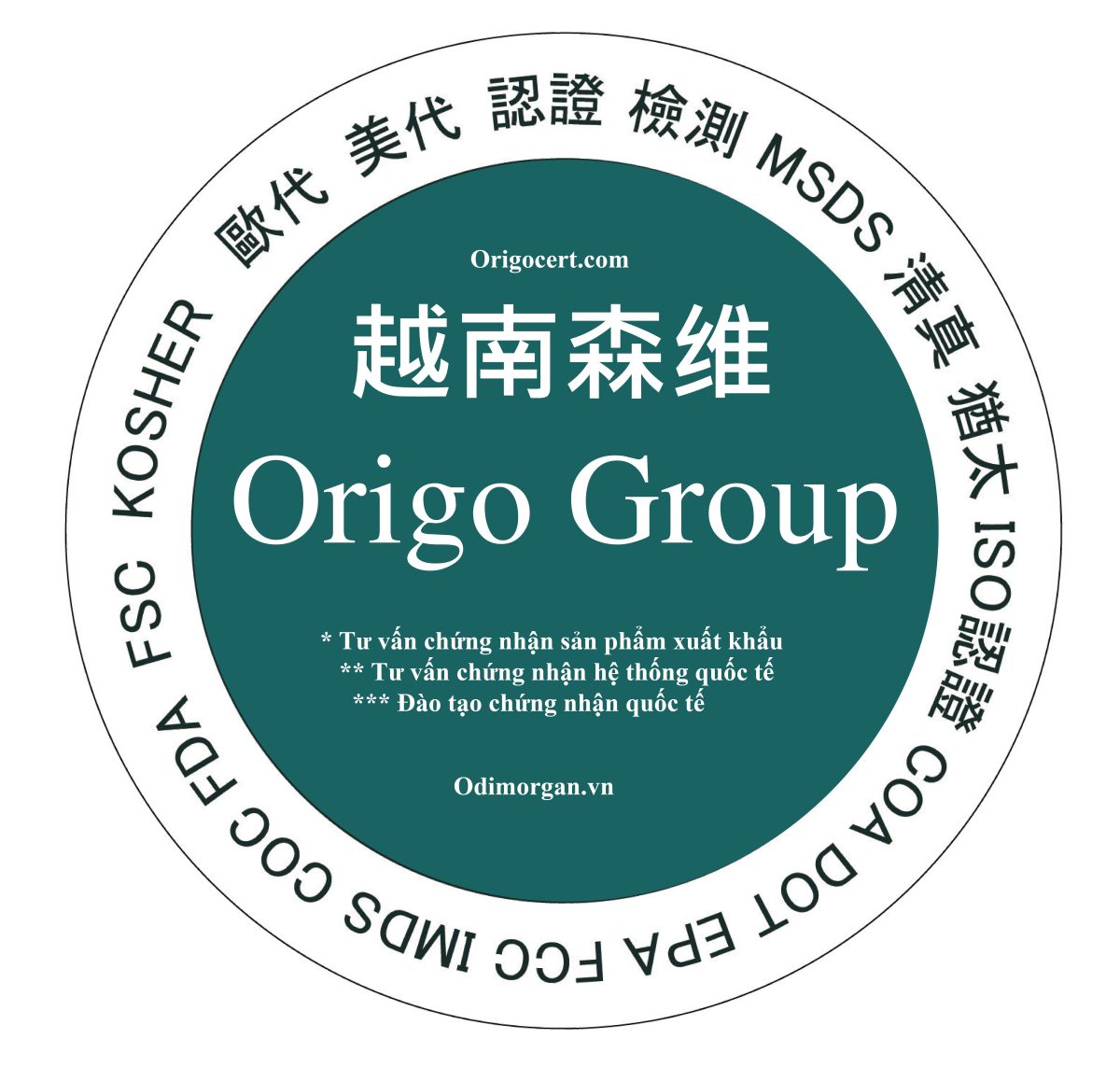Orthostatic high blood pressure, likewise known as postural hypertension, is a condition characterized by a too much rise in blood pressure when transitioning from resting or sitting to stand tonerin medicamento precio farmacia guadalajaraing up. This unexpected rise in blood pressure can bring about a range of signs and symptoms as well as may pose health risks if left without treatment. In this write-up, we will discover the reasons, signs and symptoms, and also therapy choices for orthostatic high blood pressure.
Sources Of Orthostatic High Blood Pressure
A number of variables can add to the development of orthostatic high blood pressure. Understanding these reasons is necessary in order to successfully manage as well as treat the condition.
1.Age: Orthostatic high blood pressure is extra typical in older acuflex for ear grownups. As we age, our blood vessels become much less flexible, making it harder for the body to adjust to modifications in position.
2.Underlying Medical Conditions: Specific clinical problems can contribute to the growth of orthostatic high blood pressure. These consist of diabetes mellitus, heart disease, Parkinson’s condition, and also autonomic nerves problems.
3.Medications: Some medicines, such as alpha-blockers, beta-blockers, as well as diuretics, can interfere with the body’s capability to regulate high blood pressure, causing orthostatic hypertension as a side effect.
4.Extended Bed Relax: Extended durations of relaxing or sitting can trigger blood to pool in the reduced extremities, causing a drop in blood pressure. When we stand all of a sudden, the body makes up by boosting blood pressure, causing orthostatic hypertension.
5.Quantity Deficiency: Insufficient liquid consumption or medical conditions that lead to dehydration can trigger a decrease in blood volume, making it harder for the body to preserve secure blood pressure degrees.
Signs And Symptoms of Orthostatic High Blood Pressure
Orthostatic hypertension can manifest via various symptoms that might vary in severity. Some typical signs and symptoms include:
- Dizziness or faintness
- Passing out
- Blurred vision
- Frustration
- Weakness or tiredness
- Confusion or problem focusing
- Queasiness
- Shortness of breath
It is essential to keep in mind that people may experience different combinations of these signs. If you believe orthostatic high blood pressure, it is important to consult a health care professional for an accurate medical diagnosis.
Medical Diagnosis as well as Treatment Alternatives
If you experience symptoms of orthostatic hypertension, a health care professional will certainly carry out a thorough analysis to figure out the underlying reason and also establish an ideal therapy strategy. The assessment may involve:
1.Medical History: Your doctor will certainly ask about your case history, including any type of hidden conditions, medications, and also way of life variables that might contribute to orthostatic high blood pressure.
2.Physical exam: A physical examination, including dimensions of blood pressure in various positions, will be performed to assess your existing blood pressure levels and also determine any kind of irregularities.
3.Tilt Table Test: In some cases, a tilt table examination may be suggested to validate the medical diagnosis. This examination involves lying on a table that is gradually tilted to an upright placement while checking your blood pressure and also heart rate.
The treatment plan for orthostatic high blood pressure will depend on the underlying reason and also extent of the problem. Some typical treatment alternatives include:
- Boosting fluid and also salt consumption to increase blood quantity
- Gradually turning to enable the body to adapt to posture modifications
- Putting on compression stockings to improve blood flow
- Readjusting medications that might be adding to orthostatic hypertension
- Participating in normal exercise to improve cardiovascular wellness
- Managing underlying clinical problems with medication and way of living modifications
Verdict
Orthostatic hypertension is a condition that can significantly affect a person’s life if left unattended. By understanding the causes, signs, as well as therapy options for orthostatic high blood pressure, individuals that experience this problem can take aggressive actions to handle as well as boost their overall health. If you presume orthostatic high blood pressure, it is necessary to talk to a health care professional for an accurate medical diagnosis as well as individualized therapy strategy.






